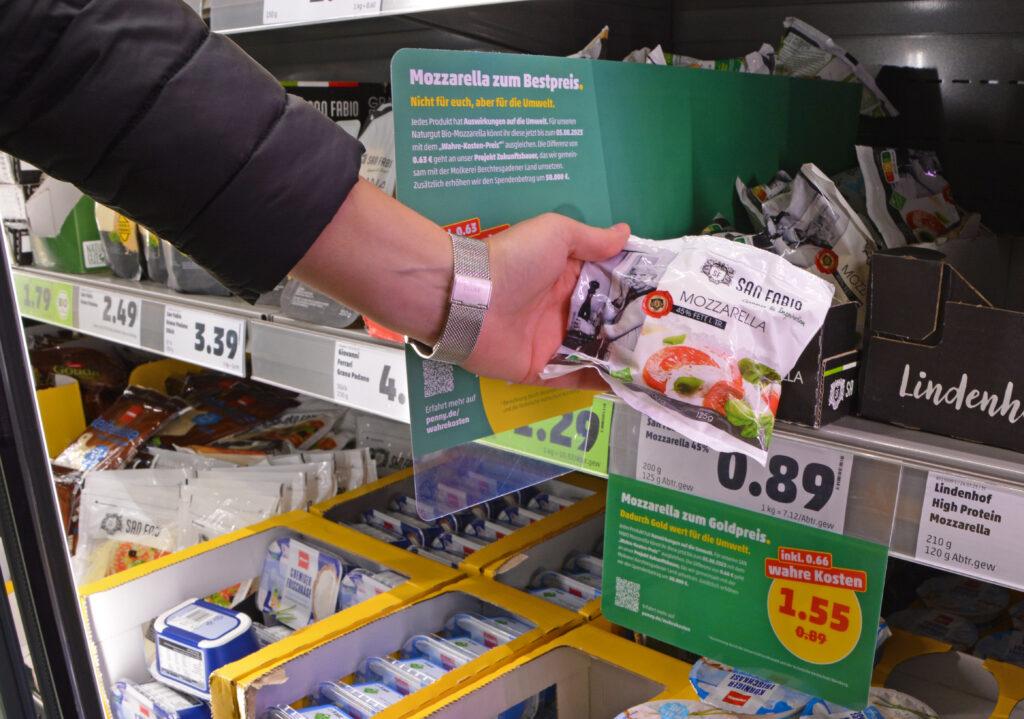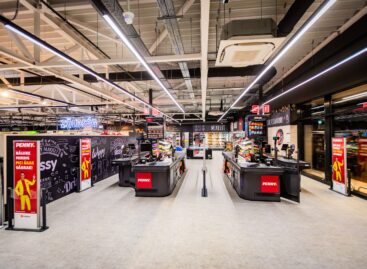Penny’s “True Cost” campaign: A Surprising Impact on Consumer Behavior
In a bold move, Penny implemented a “True Cost” campaign for a week, incorporating the cost of environmental damages into product prices. Contrary to expectations, a study conducted by the Nuremberg Institute of Technology and the University of Greifswald revealed that the sales figures did not drop as significantly as anticipated during this unique pricing experiment.

The study involved 2,255 individuals who were surveyed before and after the campaign week to understand their purchasing behavior. Late July 2023, Penny applied the “true” prices to nine selected products, reflecting the actual costs thereof when considering all environmental damages incurred during production. This led to price increases of up to 94 percent, with bio-products receiving lower surcharges.
Surprisingly, the study found that the sales did not plummet as much as feared, what the authors attributed to effective communication and associated with a tendency to charity. Approximately 84 percent of customers who purchased the products despite the price hike cited charity as a significant motivation.
The extra revenue generated during the campaign was donated to a climate protection and family-owned farms preservation project in the Alpine region, an initiative by the Rewe Group.
Nationwide product sales declined, however, with price sensitivity being a key factor, as 85 percent of respondents deemed the prices too high. In the new federal states, the decline was particularly pronounced, reaching up to 70 percent. Conversely, sales in the western and southern regions of Germany decreased to a comparatively smaller extent, often not exceeding 50 percent. Researchers suggest regional disparities may arise from differing income levels and varying degrees of interest in sustainability.
According to the study, 64 percent of respondents were aware of Penny’s True Cost campaign, with half of them claiming that it raised awareness about the actual costs of food production. However, 46 percent perceived the campaign as mere marketing without tangible positive effects.
Post-campaign, estimates of true costs increased for both initially overestimated and underestimated products, indicating that participants realized the actual costs were higher than initially assumed.
Related news
Price drop in tomato selection and ample ice cream selection at PENNY
With the arrival of summer, PENNY awaits customers with seasonal…
Read more >PENNY is preparing for the summer season with flexible opening hours and an expanding range of products
PENNY Hungary continues to focus on customer needs during the…
Read more >The future has already begun – thoughts on Innovation Day
How will innovations shape the future of retail and the…
Read more >Related news
Drought, technological competition and collaboration: the domestic melon season has begun
The 2025 Hungarian melon season starts amidst serious challenges: the…
Read more >Leadership change at Fornetti: Nándor Szabó is the new Managing Director
Nándor Szabó will take on the role of CEO of…
Read more >Change in Zwack management: Csaba Belovai is the new CEO of Zwack Unicum Plc.
According to the decision of the owners of Zwack Unicum…
Read more >






